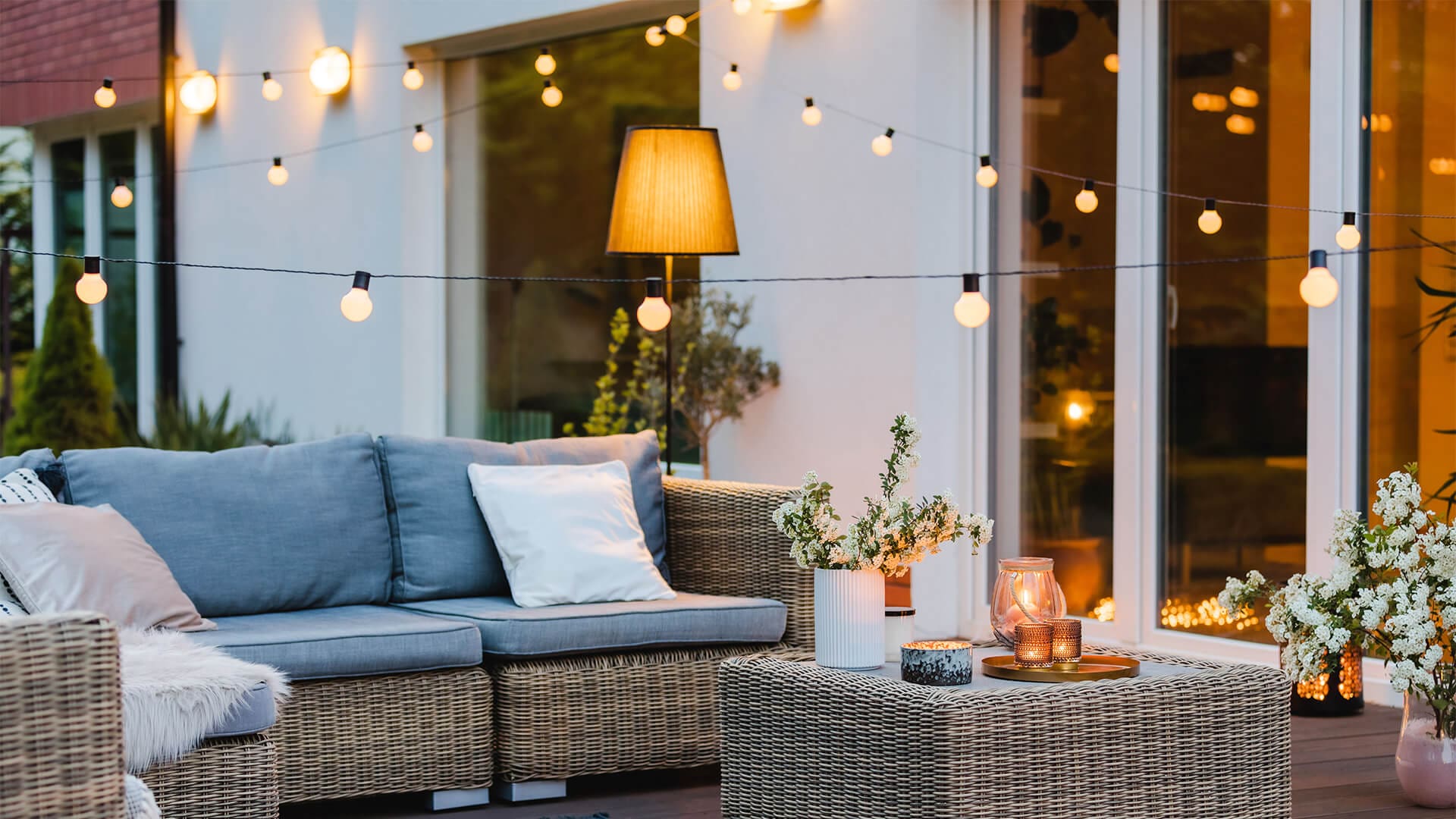In a well-designed home, lighting plays a crucial role in both aesthetics and functionality. The right choice of lighting fixtures can transform a dull space into a warm and inviting environment. This article will explore different types of houselightingreview.com, provide tips on choosing the right fixtures, discuss popular lighting trends, and offer insights into creating a well-lit home. So let’s dive into the world of house lighting and discover how it can enhance your living space.
Introduction to House Lighting
Proper lighting is essential for any house. It not only illuminates the rooms but also influences the mood, ambiance, and functionality of the space. Whether you’re working, relaxing, or entertaining guests, having the right lighting can make all the difference. A well-lit room creates a welcoming atmosphere, highlights architectural features, and sets the tone for various activities.
Different Types of House Lighting
When it comes to house lighting, there are several types to consider. Understanding each type can help you create a balanced lighting scheme that caters to your specific needs.
Ambient lighting provides overall illumination to a room and ensures a comfortable level of brightness. It typically includes overhead fixtures, such as recessed lights or flush-mounted ceiling lights.
Task lighting focuses on specific areas where detailed work is performed, such as reading, cooking, or working at a desk. Table lamps, under-cabinet lights, and adjustable task lights are commonly used for this purpose.
Accent lighting highlights particular objects or architectural elements to create visual interest. It can be achieved through track lighting, wall-mounted fixtures, or adjustable spotlights.
Natural lighting utilizes the available daylight to illuminate the space. It not only provides a connection to the outdoors but also promotes a sense of well-being. Maximizing natural light can be achieved by strategically placing windows, skylights, or glass doors.
Choosing the Right Lighting Fixtures
When selecting lighting fixtures for your house, it’s important to consider various factors. The brightness, color temperature, and energy efficiency of the lights should be taken into account. Additionally, the fixtures should match the function and style of each room.
Brightness is measured in lumens and determines how much light a fixture emits. For example, task-oriented areas may require brighter lighting, while cozy corners might benefit from softer, ambient lighting.
Color temperature refers to the warmth or coolness of light. Warmer tones create a relaxed and cozy atmosphere, while cooler tones are more energizing and suitable for task-oriented spaces.
Energy efficiency is an important consideration for both environmental and cost-saving reasons. LED lights are highly energy-efficient and have a longer lifespan compared to traditional incandescent bulbs.
Matching lighting fixtures with room function and style is crucial for creating a cohesive design. Pendant lights work well in kitchens and dining areas, while wall sconces can add a touch of elegance to a living room or hallway. Chandeliers make a statement in entryways or formal dining rooms.
Popular Lighting Trends
The world of house lighting is constantly evolving, with new trends emerging to cater to changing tastes and technologies. Some popular trends include:
Smart lighting systems offer convenience and flexibility. With the ability to control lights remotely through a smartphone or voice command, homeowners can easily adjust brightness, color, and even set schedules.
Energy-efficient LED lighting has gained popularity due to its long lifespan and low energy consumption. LED bulbs come in various shapes and sizes, making them suitable for different fixtures.
Pendant lights and chandeliers have become focal points in many homes. They add elegance and style while providing functional lighting.
Statement lighting pieces are becoming increasingly popular, with unique designs and eye-catching materials. These fixtures serve as artistic elements and conversation starters.
Tips for Creating a Well-Lit Home
To create a well-lit home, consider the following tips:
Layering lighting sources by incorporating different types of lighting can add depth and dimension to a room. Combine ambient, task, and accent lighting for a balanced effect.
Using dimmers and controls allows you to adjust the brightness according to the time of day or activity. Dimmers also help create a cozy and intimate atmosphere when desired.
Positioning lights strategically can highlight architectural features or artwork. Directional spotlights or track lighting can be used to draw attention to specific areas.
Incorporating natural light not only saves energy but also enhances the overall well-being of the occupants. Maximize natural light by using window treatments that allow for privacy while still letting light in.
Importance of Lighting Design
A well-thought-out lighting design can transform a space from ordinary to extraordinary. It goes beyond simply illuminating a room and involves enhancing architectural features, creating focal points, and balancing light and shadow.
By highlighting architectural elements such as columns, arches, or textured walls, lighting design can add depth and visual interest to a space. It can also draw attention to artwork or decorative objects, making them stand out.
Balancing light and shadow is crucial in creating an inviting ambiance. By strategically placing lights and using different intensities, you can create a play of light and shadow that adds depth and drama to a room.
Maintenance and Upkeep of Lighting
Proper maintenance and upkeep of lighting fixtures are essential for their longevity and optimal performance. Regular cleaning and dusting of fixtures help maintain their appearance and prevent the accumulation of dirt and debris. When cleaning, it’s important to follow manufacturer instructions and use suitable cleaning agents.
Replacing bulbs and components as needed ensures that the lighting remains consistent and efficient. It’s advisable to keep spare bulbs on hand to replace burnt-out ones promptly.
Regular inspection of fixtures and electrical connections is important for safety reasons. Checking for loose wires, signs of damage, or any malfunctioning components can prevent accidents and ensure the safe operation of lighting systems.
Conclusion
Choosing the right lighting for your house is an important decision that can significantly impact the overall atmosphere and functionality of your living space. By understanding different types of lighting, considering factors like brightness and color temperature, and keeping up with the latest trends, you can create a well-lit home that suits your personal style and needs.

































